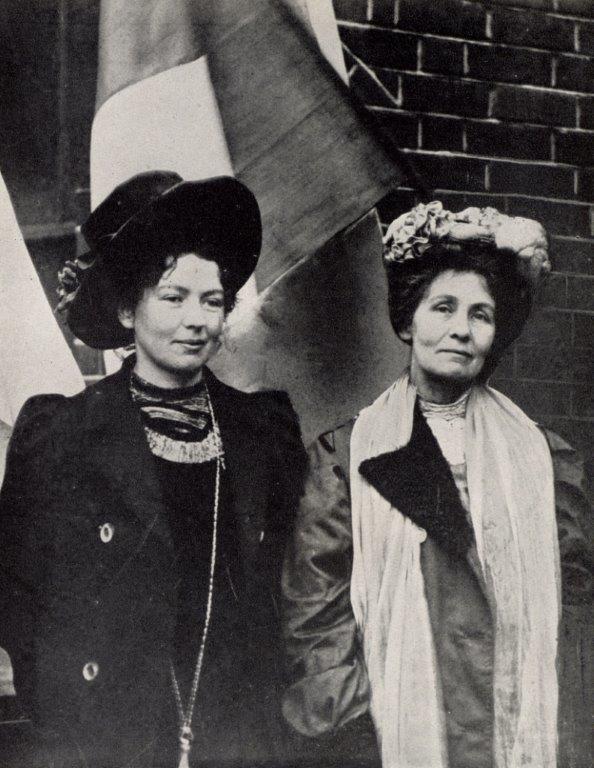Representation of the People Act 1918
 From peaceful campaigning to military tactics, the fight for womens' right to vote
lasted many years, culminating in the Representation of the People Act 1918.
From peaceful campaigning to military tactics, the fight for womens' right to vote
lasted many years, culminating in the Representation of the People Act 1918.
After the outbreak of war in 1914, women played an increasingly important role in the war effort. An estimated 2 million women took on jobs formally carried out by men, taking the number of women in total employment from 24 per cent in July 1914 to 37 per cent by November 1918. As a result, the perception of women changed dramatically.
In addition to this, only 58 per cent of the adult population were eligible to vote before 1918. Interestingly, voting law stated that only men who had been resident in the country for 12 months prior to a general election were entitled to vote. This effectively disenfranchised a large number of troops who had been serving overseas in the war.
The combination of the revolution in Russia, the rise of the Labour Party and continued suffragette activity convinced a majority of politicians that the current voting system needed to be overhauled if a socialist revolution was to be avoided back home.
The changes they proposed would widen the vote to all men over 21 and all women over 30, providing they were married to a property owner. Although 8.5 million women met these criteria, it only represented 40 per cent of the total population of women in the UK. In addition to this, men in the armed forces could vote from the age of 19.
On 19 June 1917 the bill for the Representation of the People was passed by 385 votes to 55 in the House of Commons. It received a trickier time in the House of Lords, but was still passed by 134 to 71 votes. It received Royal Assent on 6 February 1918.
The Representation of the People Act increased the electorate from 8 to 21 million, yet a huge gulf remained between women and men. It took another 10 years for women over 21 to be given the same voting rights as men (1928 Equal Franchise Act (Gazette issue 33400)), and a further 41 years until it was lowered to 18 (Representation of the People Act 1969 (Gazette issue 44832)).
Royal Assent to the 1918 act can be seen in Gazette issue 30516. You can also read the full act on Parliament's website.
